Texas gets hit with some of the most intense weather in the country. Storms here can really tear up homes and businesses.
From hurricanes smashing into the coast to tornadoes and hailstorms inland, severe weather can show up fast. Storm season usually stretches from late spring to early fall, so millions of Texans need to stay ready.
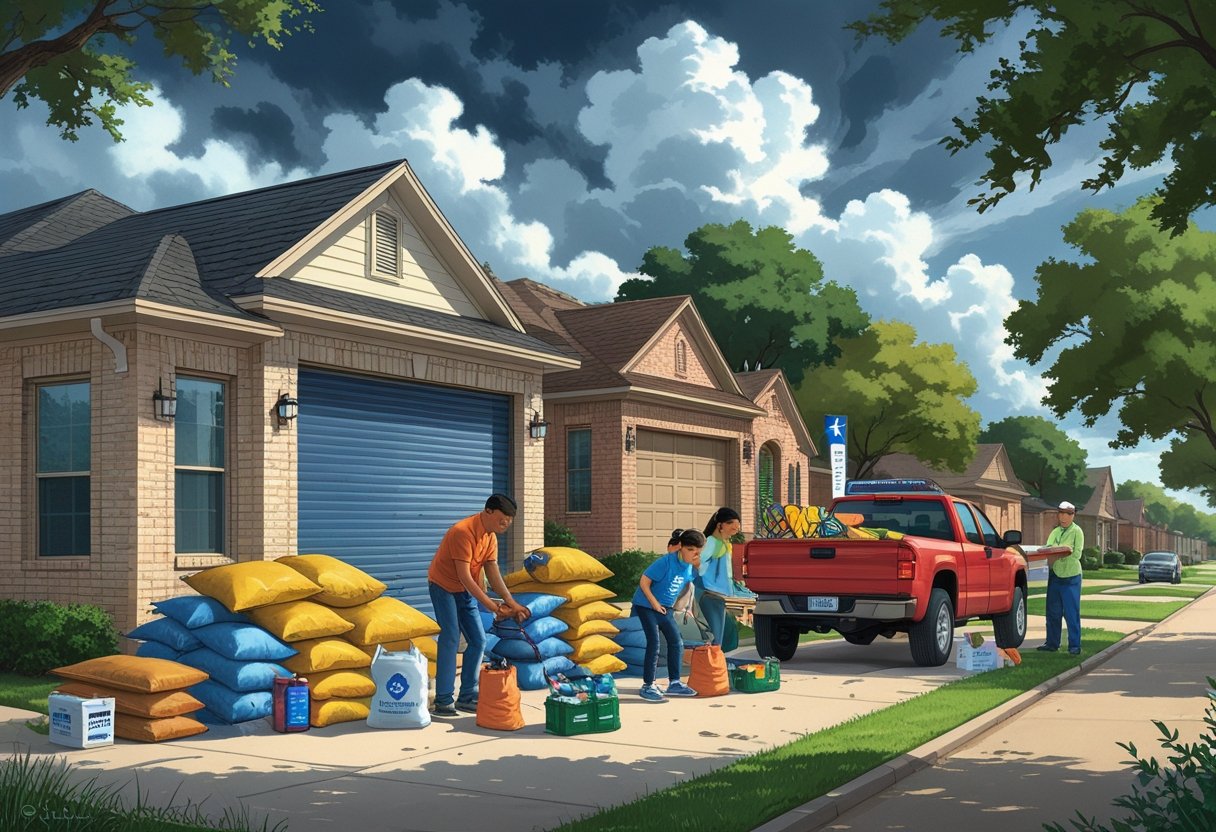
Getting ready before storm season can save lives, protect your stuff, and cut down on financial headaches when the weather turns ugly.
Too many folks wait until a storm is already on the radar to start prepping. That usually leads to empty store shelves, half-done plans, and more risk than anyone wants.
Need a Home Fix – Emergency or Routine?
From leaks and no-heat nights to simple tune-ups, our 24/7 hotline connects you with trusted local pros in minutes.
It’s a lot smarter to have a plan in place months before storm clouds even appear. Solid prep covers a few main areas: protecting your home, double-checking insurance, stocking up on emergency supplies, and making sure your family knows what to do.
Knowing what steps to take—and when—can make the difference between getting through the storm and dealing with a long, expensive recovery. Texas storms don’t play around, but getting prepared doesn’t have to be overwhelming.
Key Takeaways
- Start storm prep months before the season kicks off to dodge last-minute stress and empty shelves.
- Document your property and review insurance every year to make sure you’re covered for storm damage.
- Put together a detailed emergency plan with evacuation routes, backup ways to communicate, and enough supplies for at least 72 hours.
Understanding Texas Storm Season
Texas goes through one of the wildest storm seasons in the country. Severe weather can show up from late spring all the way into early winter.
The Gulf of Mexico’s warm water basically fuels these storms, sometimes causing serious damage across the state.
Key Dates and Duration
Hurricane season officially runs from June 1 to November 30. The worst of it usually hits in August and September, when storms form easily.
Texas also gets hammered by thunderstorms, tornadoes, and hail from March through October. Tornadoes mostly hit in spring, while hurricanes and big thunderstorms ramp up in summer.
Peak hurricane activity lands in late August and early September. That’s when Gulf waters are at their hottest, giving storms extra punch.
The long storm season means Texans need to stay on their toes for seven or eight months straight. Weather can flip in a hurry, especially in places like the Hill Country, where the terrain messes with storm patterns.
Types of Severe Weather Threats
Texas deals with a lineup of nasty weather during storm season:
Hurricanes bring brutal winds, storm surge, and flooding. They don’t just hit the coast—sometimes the damage reaches hundreds of miles inland.
Tornadoes pop up most in North and East Texas during spring. The state averages more than 130 tornadoes a year, and a few get dangerously strong.
Hail storms sometimes drop ice bigger than baseballs. These storms wreck roofs and vehicles, racking up billions in damage every year.
Severe thunderstorms can pack winds over 70 mph, dump heavy rain, and unleash dangerous lightning. Flash flooding is a big risk if storms stall or hit the same spot over and over.
Derechos aren’t as common, but when they roll through, they can flatten trees and power lines across a huge area. It’s like a hurricane on land.
How the Gulf Coast Influences Storms
The Gulf Coast is the main storm factory for Texas. Warm Gulf waters pump energy and moisture into the atmosphere, setting the stage for big storms.
Once the water hits 80 degrees or higher, hurricanes can spin up fast. The shallow Gulf heats up quickly in summer, acting like a storm engine.
That moisture doesn’t just stay on the coast—it can feed thunderstorms way inland. The combo of hot, wet air and shifting temperatures creates perfect conditions for severe weather.
The shape of the Gulf basically funnels storms straight at the Texas coast. When hurricanes get into the Gulf, they often pick up speed and strength before landfall.
Coastal cities like Houston, Galveston, and Corpus Christi take the biggest hits from hurricanes. But even inland areas have to worry about flooding and heavy rain as storms move through.
Core Steps for Hurricane Preparedness
Getting ready for hurricanes really comes down to three things. Make a family emergency plan, gather enough supplies for at least three days, and know more than one evacuation route.
If you can check those boxes, you’ll be in much better shape when storms threaten.
Creating an Emergency Plan
Every family should write down their emergency plan before hurricane season. Include contact info for everyone and pick at least two meeting spots.
Choose one meeting place near your home and another farther away, just in case. Write down phone numbers for family, work, and schools. Add someone out of state who can help if local lines go down.
Don’t forget these details:
- How everyone will check in if separated
- Where pets will go if you evacuate
- Special needs for anyone elderly or disabled
- Who grabs the kids from school if you’re not home
Practice the plan with your family at least twice a year. Make sure everyone really knows what to do. Keep copies in your car, at work, and with a trusted friend.
Building a Disaster Supply Kit
Your disaster kit should have enough for each person to get by for three days. Stash everything in waterproof bins and put them somewhere easy to grab.
Here’s what you’ll need:
- One gallon of water per person per day
- Non-perishable food for three days
- Battery-powered or hand-crank radio
- Flashlight and plenty of extra batteries
- First aid kit
- Medications for a week
- Some cash in small bills
- Important documents in something waterproof
Check expiration dates every six months and swap out anything old. Don’t forget extra supplies for pets. Keep a mini emergency kit in each car too, just in case you’re caught away from home.
Identifying Evacuation Routes
Figure out at least two different ways to get inland from your home. Try driving them when the weather’s good so you’re not guessing when it matters.
When hurricane warnings go out—typically 36 hours before the winds arrive—use that time to get moving. Don’t wait until the roads are jammed or flooding starts.
Evacuation tips:
- Map out primary and backup routes to safer areas
- Decide where you’ll stay, like with friends or at a hotel
- Expect heavy traffic and delays
- Know which roads usually flood
Fill up your gas tank as soon as hurricane watches are issued. Grab your important papers, meds, and supplies. Always listen to local officials about when to leave.
Protecting Your Home and Property
High winds, pounding rain, and floods can do a number on Texas homes during storm season. If you take the right steps to secure windows, doors, and prepare for flooding, you’ll stand a much better chance of avoiding major damage.
Securing Windows and Doors
Windows and doors are the weak spots during storms. Storm shutters are your best bet against flying debris and wind.
If you can’t swing shutters, cut plywood to fit each window before storm season. Go for 5/8-inch marine plywood for real protection.
Impact-resistant windows are even better if you can get them. They’ve got reinforced glass that stands up to flying stuff.
Check your doors for loose screws or damage. Replace any worn weatherstripping to keep rain from getting inside.
Garage doors need special attention. Add vertical braces or swap out old doors for ones rated for high winds. If the garage door fails, your roof could be next.
Floodproofing Measures
Texas storms dump a ton of rain, and flooding is always a threat. Flood insurance usually takes 30 days to kick in, so don’t wait until the last second.
Install sump pumps in basements or low spots, and test them before storm season. Keep a backup power source handy in case the lights go out.
Seal up any cracks in your foundation with waterproof materials. Even tiny gaps can let water seep in during heavy rain.
Move valuables to higher floors if flooding looks likely. That means documents, electronics, and irreplaceable stuff like family photos.
Make sure the soil around your home slopes away from the foundation. Clean out gutters and downspouts so they can handle heavy rain. Extend downspouts at least five feet from the house.
Storm Surge Defense
Storm surge pushes ocean water inland during hurricanes, and coastal Texas is always at risk.
Raise up utilities like water heaters and furnaces above flood levels. Add flood vents to your foundation so water can pass through instead of building up pressure.
Sandbags can help, but only if you stack them right—pyramid shape, with the open ends facing away from the water.
If you’re in a high-risk area, think about permanent flood barriers. Some of these systems deploy quickly when a storm’s on the way.
Know your evacuation zone. Storm surge rises faster than most people expect, and honestly, saving your stuff isn’t worth risking your life.
Insurance Preparation and Financial Protection

Before storm season hits, homeowners should check their insurance and get their finances in order. Most insurance companies won’t sell new policies or bump up coverage once a storm is named, so you’ve got to plan ahead.
Understanding Homeowners Policies in Texas
Take a close look at your homeowners policy before storm season. Most cover wind damage, but the details can really vary.
Check these areas:
- Wind and hail damage limits
- How much coverage you’ve got for structure damage
- Replacement values on your stuff
- Deductibles for weather-related claims
Make sure your policy matches your home’s current value. Property values change, and being underinsured after a big storm is a nightmare.
Some areas in Texas require windstorm insurance as a separate policy. Standard homeowners insurance doesn’t always cover windstorm damage.
Call your insurance agent and review your coverage. Ask exactly what kinds of storm damage your policy covers—and what it doesn’t.
Why Flood Insurance Is Critical
Standard homeowner insurance doesn’t cover flood damage in Texas. You need a separate flood policy through the National Flood Insurance Program or a private insurer.
Flood insurance usually takes 30 days to kick in after you buy it. That waiting period means you can’t just grab coverage when a storm’s already on the radar.
Flood coverage includes:
- Water damage from rising water levels
- Storm surge damage
- Overflow from rivers and bayous
- Surface water from heavy rainfall
Lots of Texas homes outside official flood zones still get hit by floods during major storms. If you’re in one of those spots, you can buy cheaper flood policies for basic protection.
Renters need flood insurance too. Your landlord’s coverage won’t touch your personal stuff if it gets soaked.
Documenting Property and Valuables
Making a detailed home inventory speeds up insurance claims after a storm. Snap photos of every room, jot down lists—cover all your bases.
Documentation should include:
- Photos of each room from different angles
- Serial numbers for electronics and appliances
- Receipts for pricey items
- A video walkthrough of the whole place
Keep digital copies of your important insurance docs somewhere safe. Email them to yourself and stash physical copies in waterproof containers.
Essential documents to copy:
- Insurance policy declaration pages
- Contact info for your insurance agent
- Auto insurance cards
- Health insurance IDs
Update your inventory every year or after big purchases. It keeps your coverage accurate and makes claims easier if disaster strikes.
Staying Informed Before, During, and After Storms
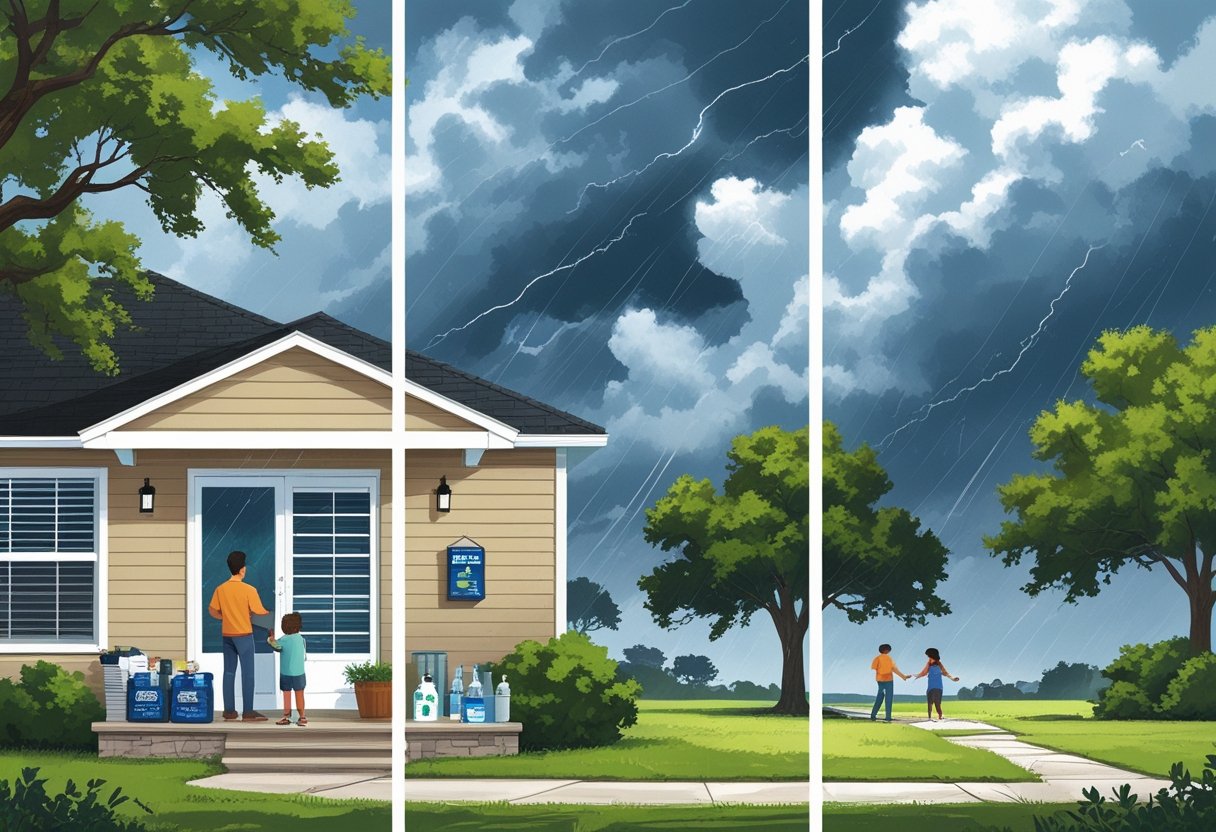
Getting the right info at the right time can save lives during Texas storm season. You want reliable weather alerts, solid emergency resources, and ways to actually reach people when it matters.
Monitoring Alerts and Weather Updates
Wireless emergency alerts show up automatically on most cell phones. They warn you about tornadoes, flash floods, and severe weather—no app needed.
Keep an eye on local weather updates, especially during storm season. Weather radios keep you informed even if the power cuts out.
Tornado watches mean conditions are right for tornadoes. Tornado warnings mean one’s been spotted—take shelter, no hesitation.
The National Weather Service sends out alerts for different threat levels:
- Watch: Severe weather is possible
- Warning: Severe weather is happening or about to
- Advisory: Less serious, but still could cause problems
Gulf Coast folks deal with their own weather quirks. Keep close tabs on hurricane and tropical storm updates from June through November.
Leveraging Emergency Resources
The Texas Department of Emergency Management website has prep resources for individuals and families. You’ll find checklists and planning guides there.
Ready Houston tracks storms and gives emergency updates for the Houston area. It’s especially handy for Gulf Coast residents worried about flooding or hurricanes.
Local fire departments share emergency info online too. For example, the Cy-Fair Fire Department posts go-pack checklists and prep guides.
Emergency shelters open up during big storms. Figure out where they are before you need them.
211 Texas connects you with local emergency services and resources. The hotline runs 24/7 during disasters.
Trusted Communication Platforms
KPRC 2’s Storm Tracker gives real-time weather updates and radar info. Local news stations usually have the most accurate, area-specific coverage.
Social media can get wild during emergencies. Stick to official accounts from weather services and local emergency managers—skip the rumors.
Battery-powered radios work even when the internet and cell towers are down. Every home should have one, plus extra batteries just in case.
Cell service often tanks during big storms. You need backup ways to get info and check in with family.
Text messages sometimes go through when calls won’t. It’s smart to plan on texting as your main emergency communication.
Special Considerations for Vulnerable Areas and Populations
Some parts of Texas get hit harder by storms, just because of where they are. And some people need extra help to stay safe when severe weather rolls in.
Gulf Coast Community Risks
Gulf Coast communities face the nastiest hurricane threats in Texas. Storm surge, flooding, and winds over 100 mph are all in the mix.
Storm surge is the biggest danger for people on the coast. Water can rise 15-20 feet above normal during a major hurricane, and that surge can push miles inland.
Evacuation zones break coastal areas up by risk:
- Zone A: Highest risk, evacuate first
- Zone B: Medium risk, evacuate for Category 2+ storms
- Zone C: Lower risk, evacuate for Category 3+ storms
Know your evacuation zone before storm season. Local emergency offices have maps and routes online.
Flooding isn’t just a coastal problem. Heavy rain can dump 10-20 inches in a few hours, and low-lying spots or places near bayous flood fast.
Mobile homes and older buildings don’t hold up well in high winds. If you live in one, plan to evacuate or stay somewhere sturdier when hurricanes threaten.
Suburban and Rural Emergency Planning
Suburban and rural areas need a different approach. Power outages last longer and emergency services are farther away.
Power outages drag on in rural spots. Utility crews usually fix city lines first. If you’re out in the country, plan for 1-2 weeks without power after a major storm.
Stock up on these essentials for long outages:
- Generator and extra fuel
- Battery-powered radio
- Flashlights and batteries
- Non-perishable food for 7-14 days
- Water (1 gallon per person per day)
Communication gets tricky if cell towers go down. Pick an out-of-state contact and make sure everyone’s got their number written down somewhere safe.
Transportation matters more in rural areas. You might need to drive a long way to reach a shelter. Keep your gas tank at least half-full during storm season.
If you use well water, remember it stops flowing when the power’s out. Store extra water or have a backup for your well pump.
Support for Seniors and Those With Disabilities
Seniors and folks with disabilities usually need more help prepping for storms. Evacuating or sheltering safely can be a real challenge.
Medical equipment that needs power requires a backup plan. If you use oxygen, dialysis, or electric wheelchairs, call your power company and ask about priority restoration programs.
Battery backups or generators can keep critical devices running. Know which nearby facilities can help if you lose power at home.
Medication planning is a must. Keep a 30-day supply, and store it in waterproof containers with clear labels.
Mobility help might be needed to evacuate. Register with local emergency management if you need help getting out. Make transportation plans before storms show up in the forecast.
Support networks make a big difference. Family, friends, or neighbors can help with:
- Shopping for supplies
- Moving to safer spots
- Checking in after storms
- Helping with cleanup
Many local agencies keep special needs registries. These programs connect you with responders who can help during disasters.
Frequently Asked Questions
Texas residents always have questions about storm prep and safety. Most of the time, it’s about what supplies to get, how to protect your place, when to start, and what to do when things get scary.
What are the essential supplies to have on hand for a Texas storm?
Every household should keep a basic emergency kit with enough supplies for at least three days. That means one gallon of water per person per day and non-perishable food.
Grab a battery-powered or hand-crank radio for weather updates. Flashlights and lots of extra batteries are a must for blackouts.
First aid supplies and any needed prescriptions go in waterproof containers. Keep some cash in small bills—ATMs might be down if the power’s out.
Don’t forget blankets, sturdy shoes, and plastic sheeting for quick repairs. If you have a baby, stock up on diapers, formula, and baby food.
How can homeowners protect their property from storm damage?
Check your roof for loose or damaged shingles before storms hit. Trim any tree branches hanging over the house or near power lines.
Install storm shutters or have plywood ready to cover windows. Reinforce the garage door—it’s a weak spot in high winds.
Clean gutters and drains so water doesn’t back up. Tie down outdoor furniture and decorations so they don’t turn into projectiles.
Know where your main water shut-off valve is. Keep tarps and basic repair stuff handy for quick fixes after a storm.
When is the best time to start preparing for the Texas storm season?
Start prepping in early spring, before severe weather gets going. Hurricane season runs from June 1 to November 30, but tornadoes and storms can show up earlier.
March and April are perfect for checking your property, stocking up on supplies, and making emergency plans. If you wait until a storm’s coming, you might find empty shelves or higher prices.
Book roof inspections and tree trimming in the cooler months—contractors are less busy then. Review your insurance policies every year, ideally before storm season.
Check your emergency kit every six months. Swap out expired food, medicine, and batteries so you’re not caught off guard.
What are the best practices for creating a family emergency plan?
Start by picking safe spots in your home for different storms. For tornadoes, go to an interior room on the lowest floor.
Write down contact info for everyone, including an out-of-state contact. Make sure everyone knows how to reach each other if you get separated.
Pick meeting places near home and outside your neighborhood, just in case. Practice evacuation routes and make sure everyone knows at least two ways out.
Store key documents like insurance and IDs in waterproof containers. Save digital copies to the cloud for backup.
How should one stay informed about weather updates during the storm season?
A weather radio with batteries is your best bet for alerts when the power’s out. The National Weather Service broadcasts updates nonstop during severe weather.
Use a few different weather apps for real-time radar and warnings. Local news stations give detailed info about storm tracks and timing.
Emergency alerts go straight to your cell phone if you’re in the danger zone. These cover tornadoes, flash floods, and evacuation orders.
Follow local emergency management on social media for updates. It’s smart to have a few ways to get info, just in case one fails.
What steps should be taken if an evacuation order is issued?
If local authorities issue an evacuation order, don’t wait around—leave as soon as possible. Hanging back just makes things riskier for everyone, including emergency crews.
Grab the essentials fast: medications, important documents, and enough clothes to last a few days. Toss in some cash, your phone charger, and anything your kids or pets can’t do without.
Stick to the evacuation routes that emergency officials give you. Honestly, trying shortcuts or back roads isn’t worth the risk—they could be blocked or way more dangerous than you’d expect.
If there’s time and officials say it’s okay, turn off utilities at the main switches. Lock up, and maybe leave a quick note saying when you left and where you’re headed. It’s a small step, but it helps.
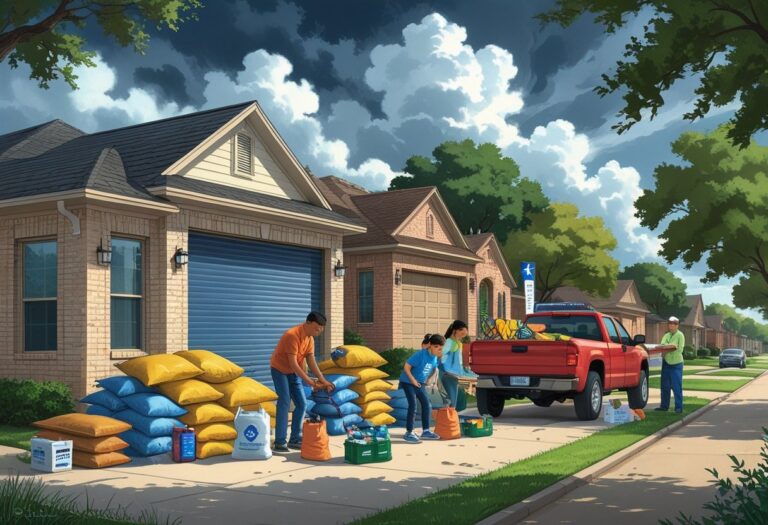

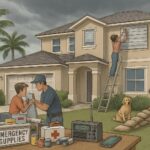


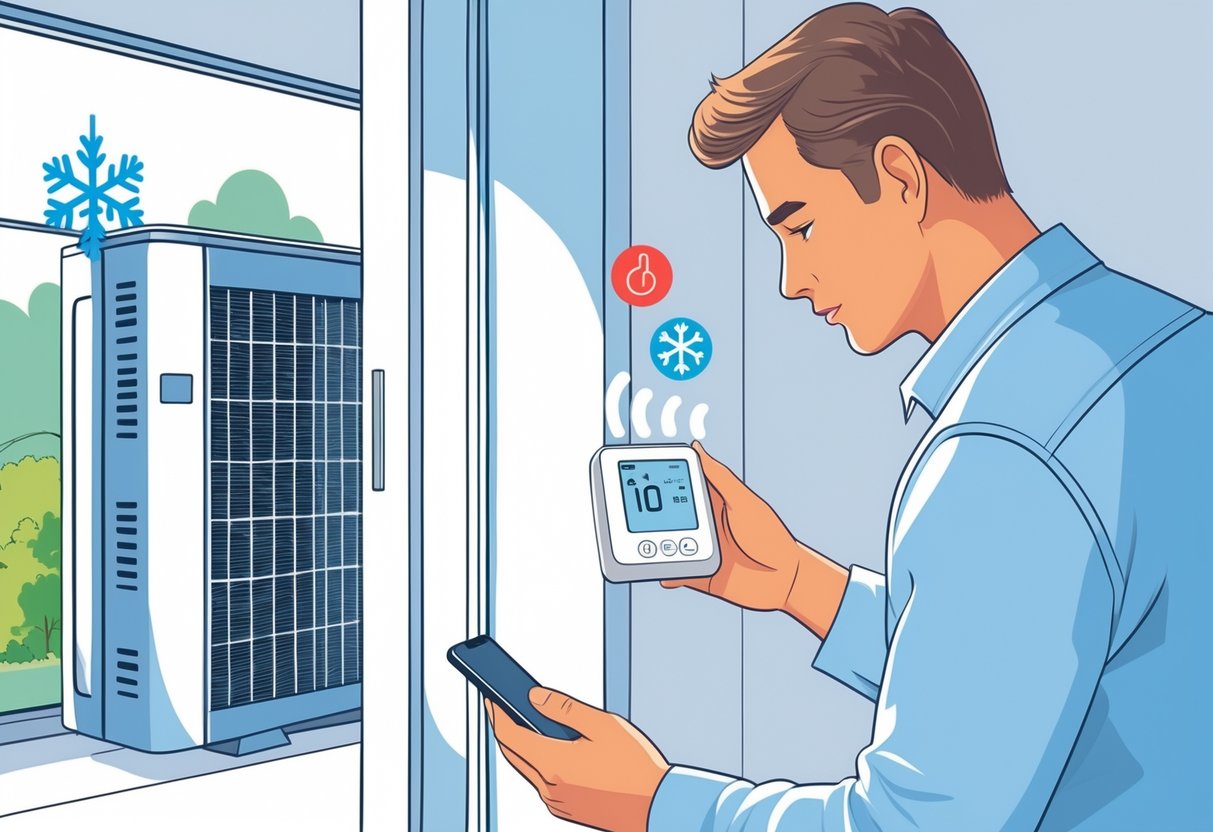

Leave a Reply